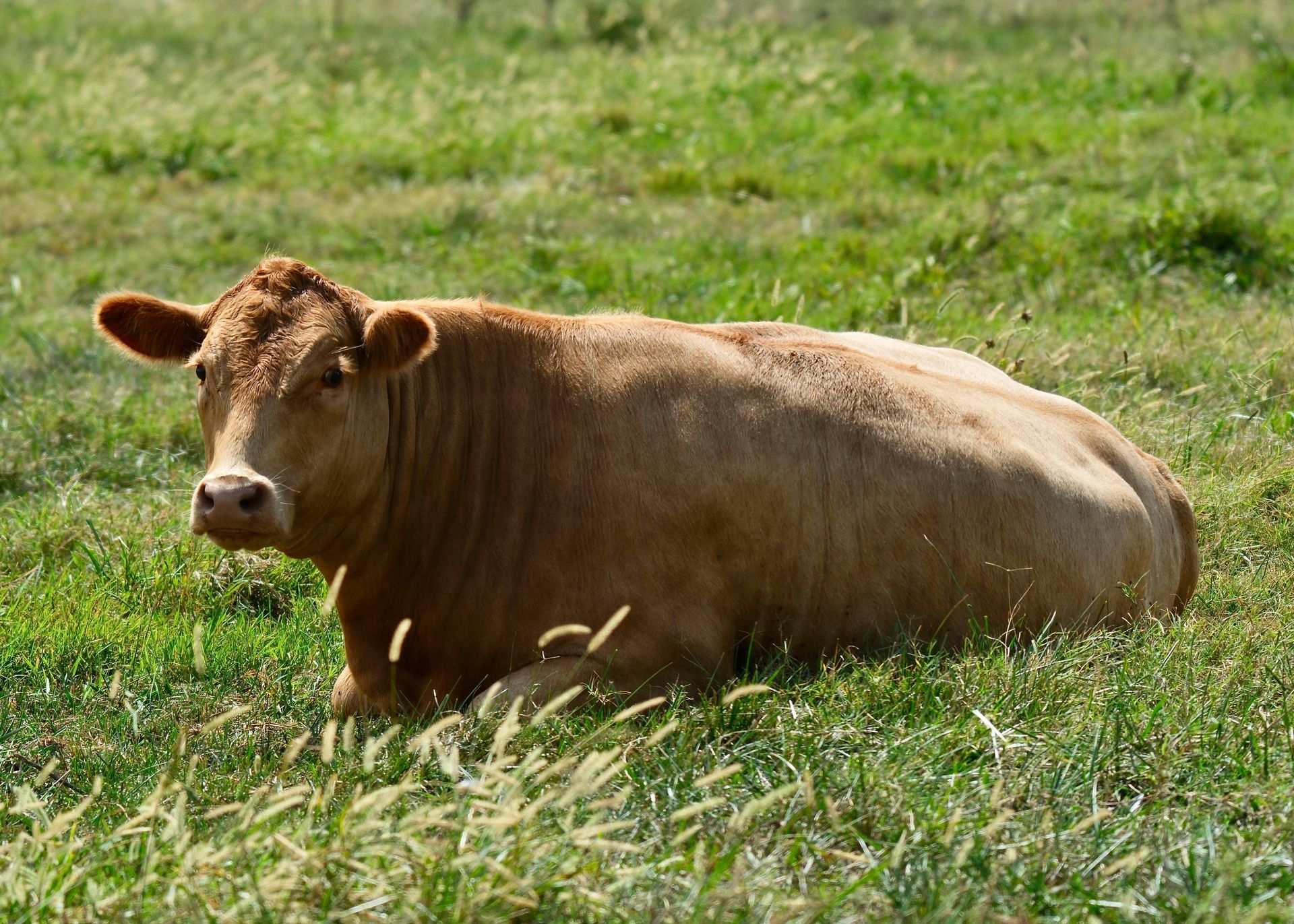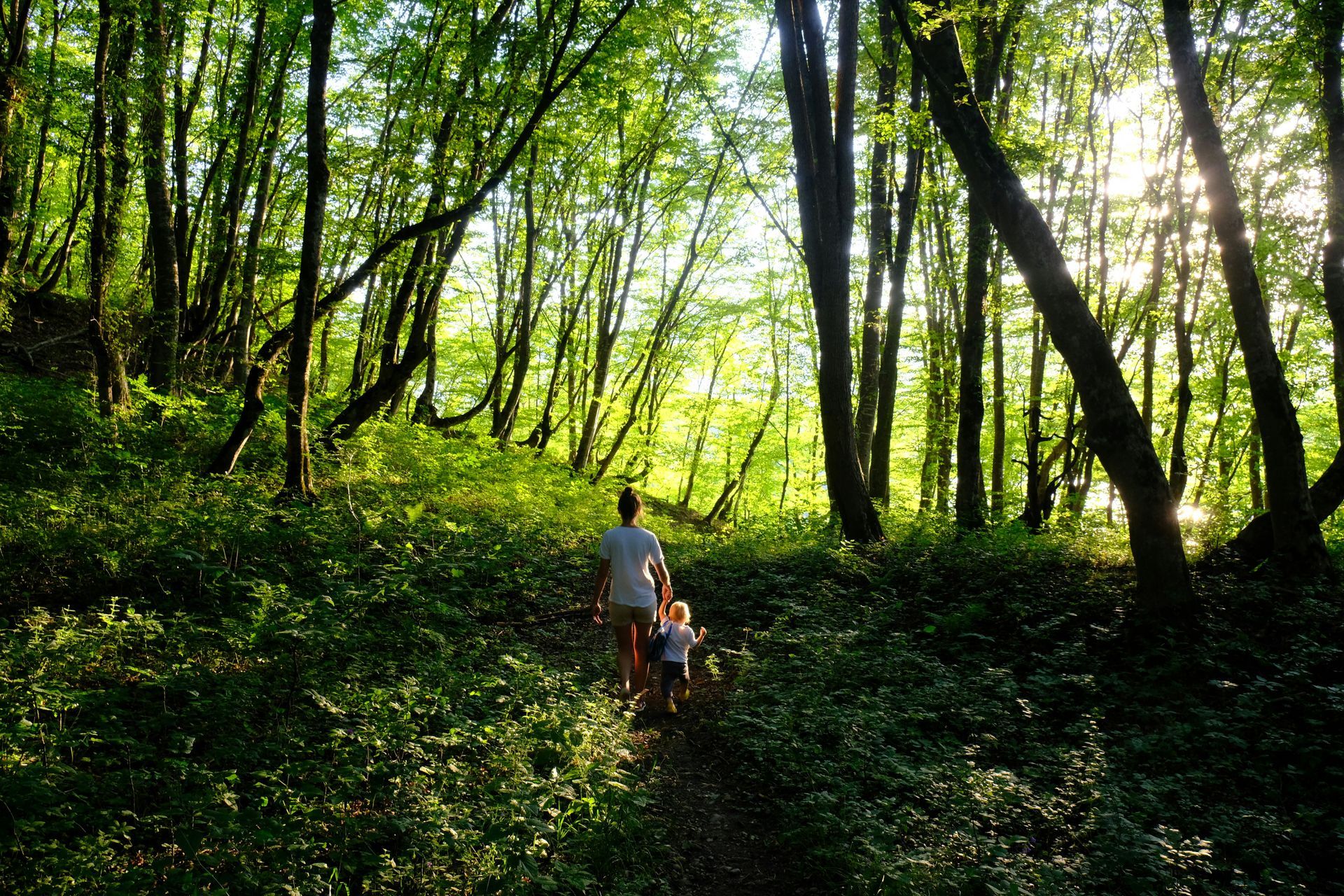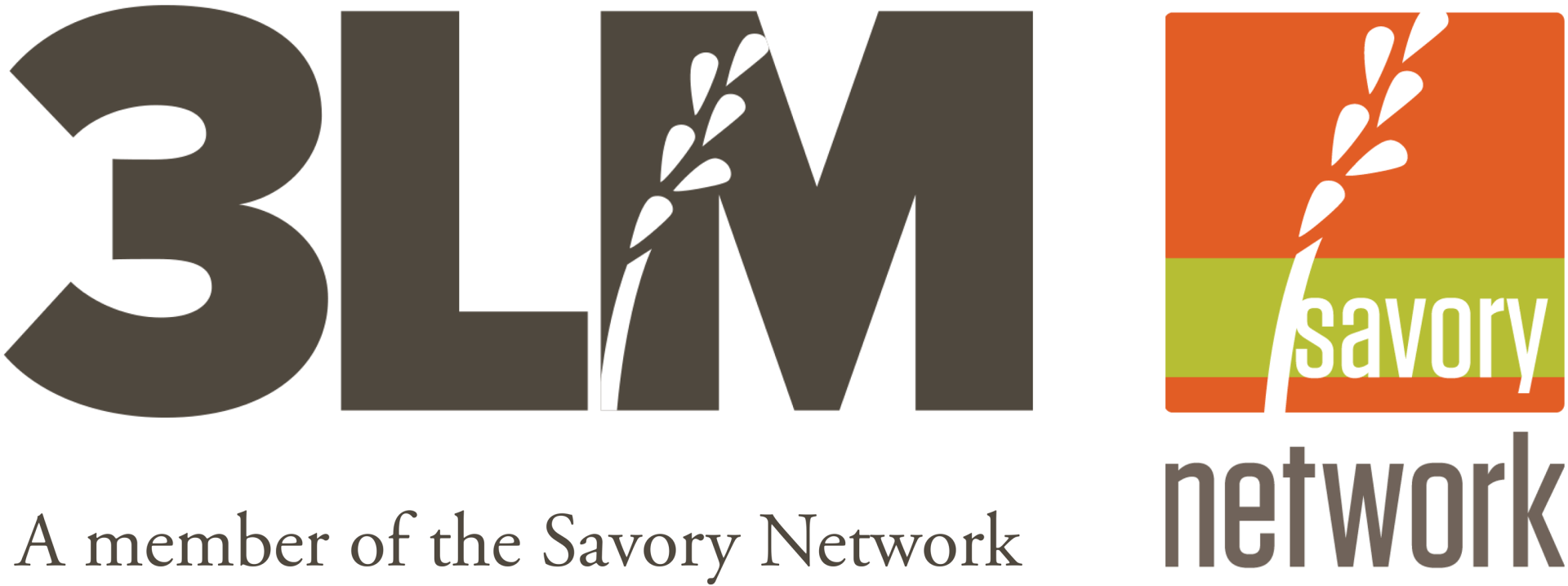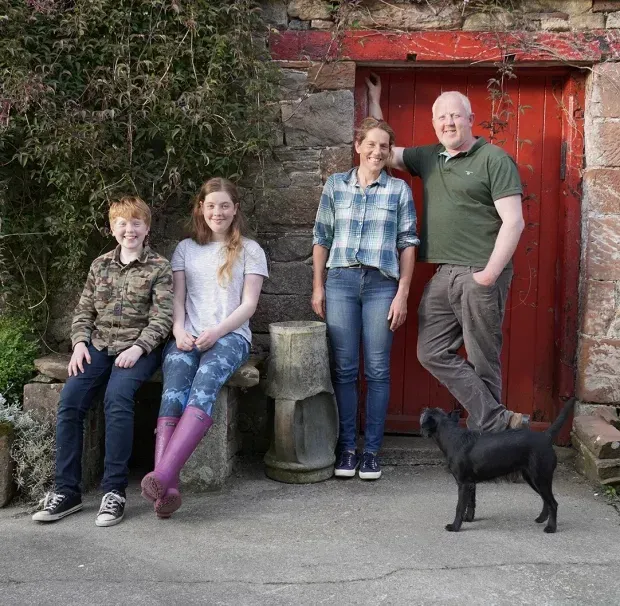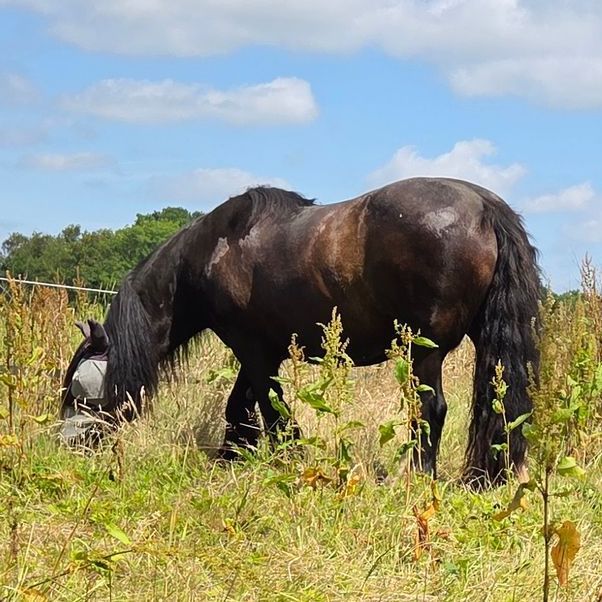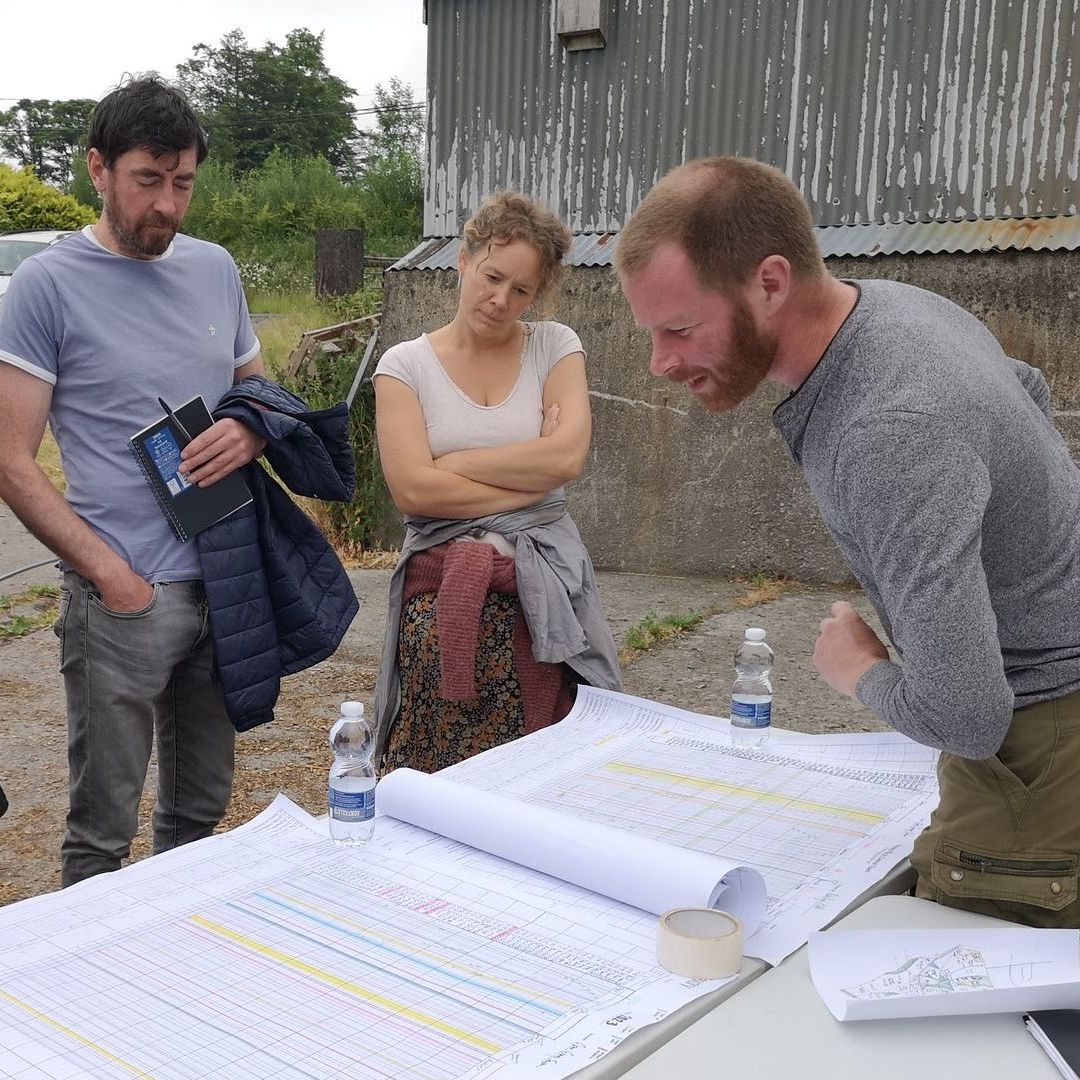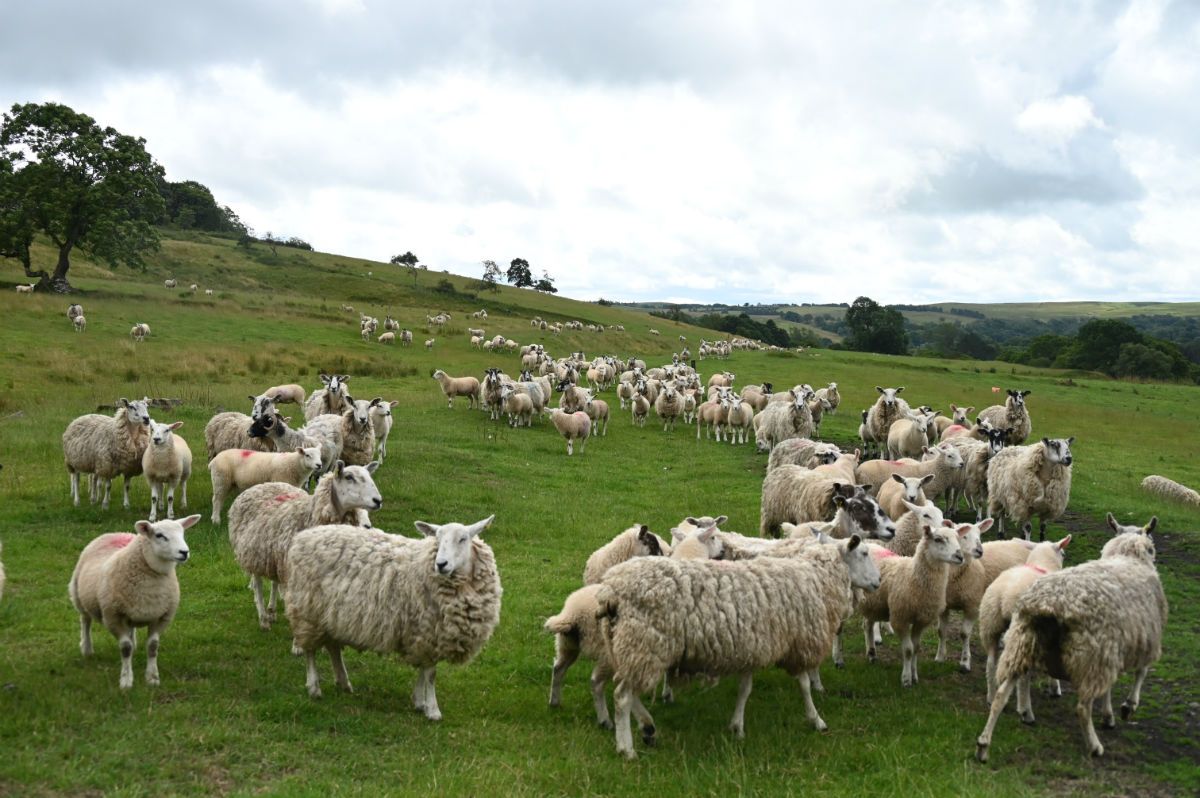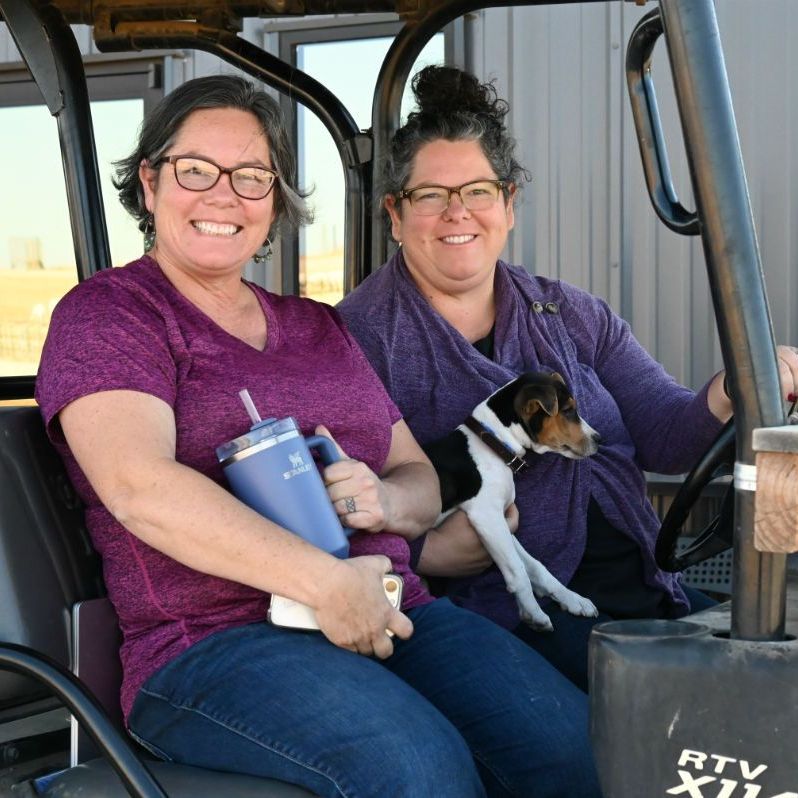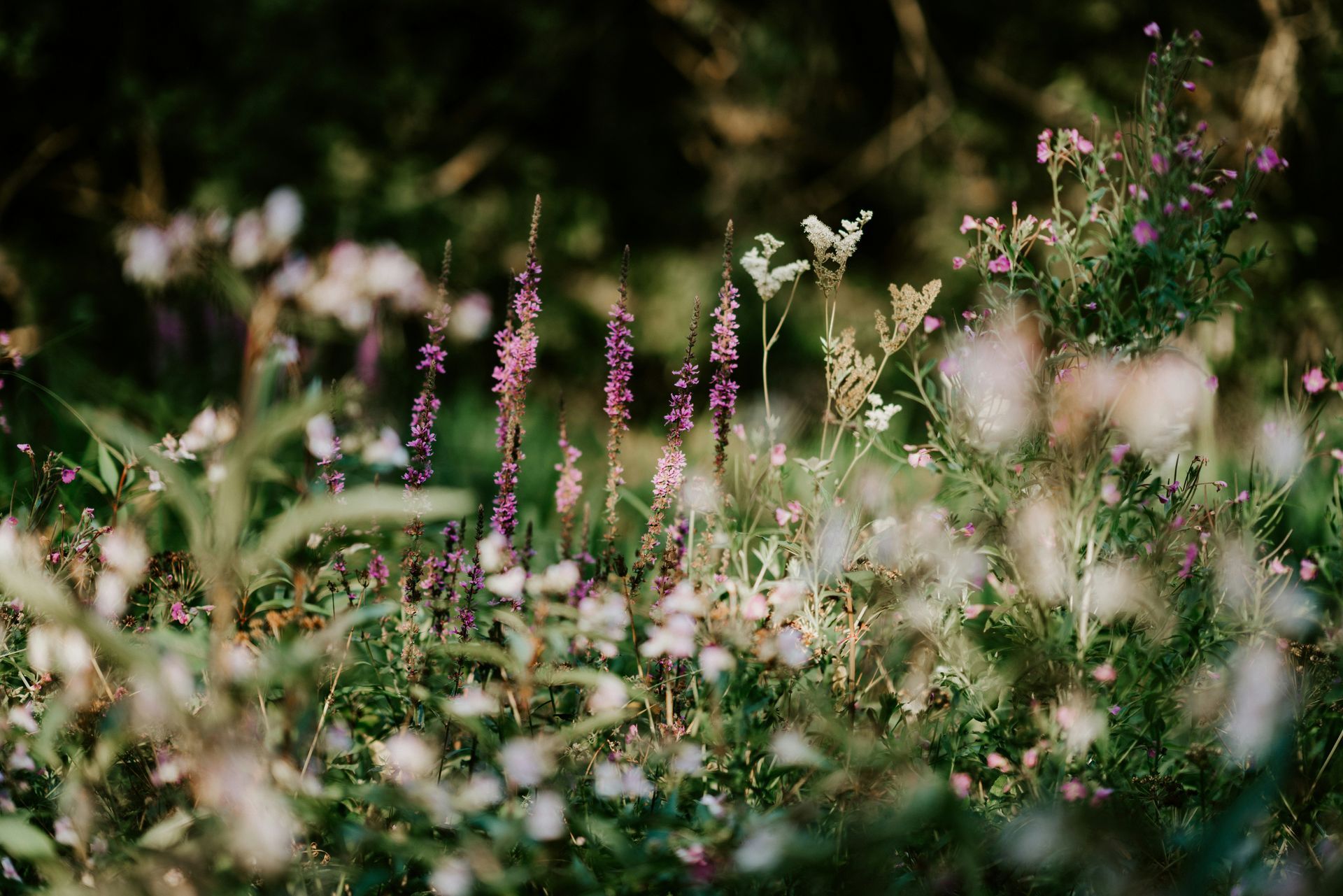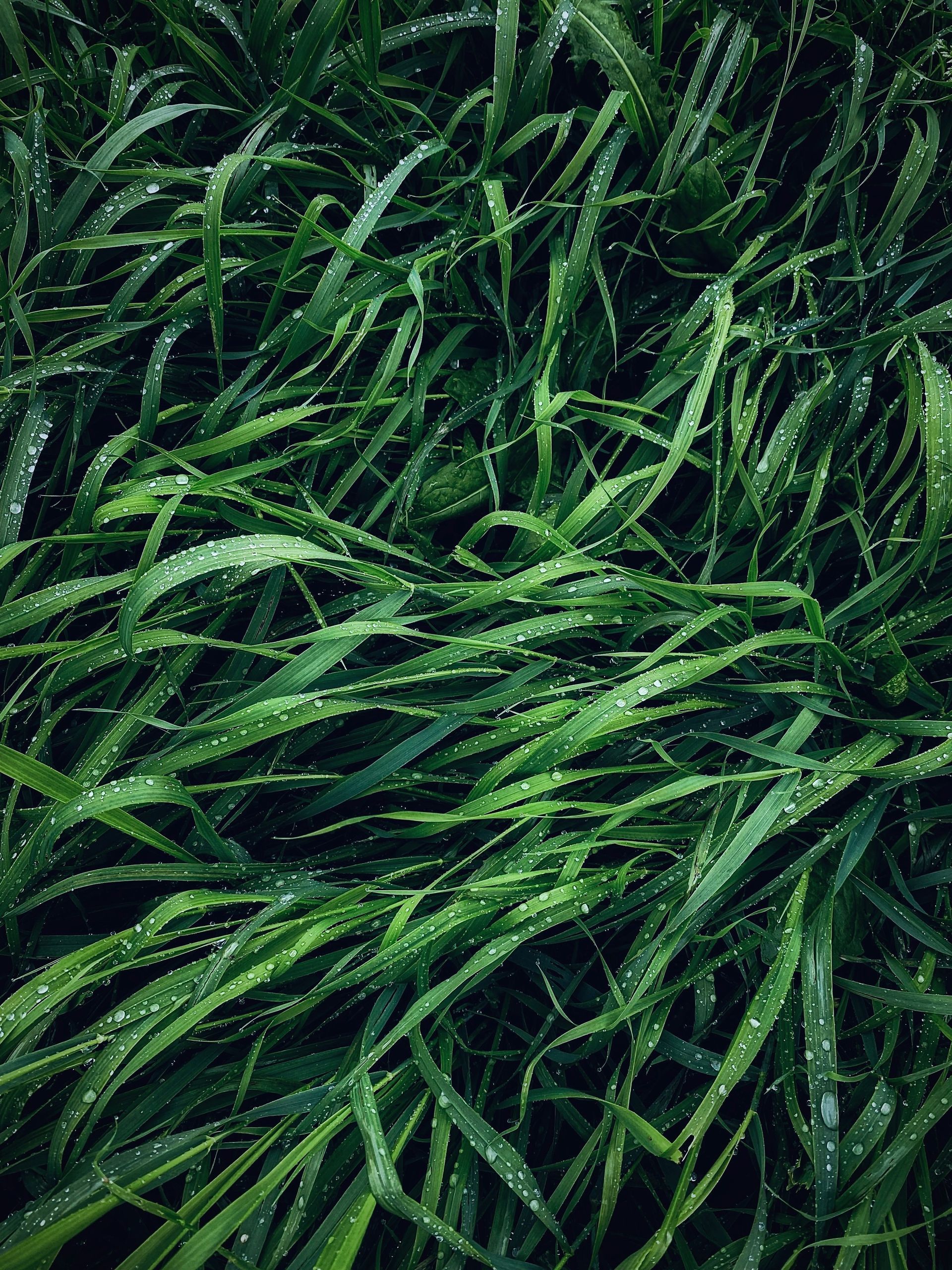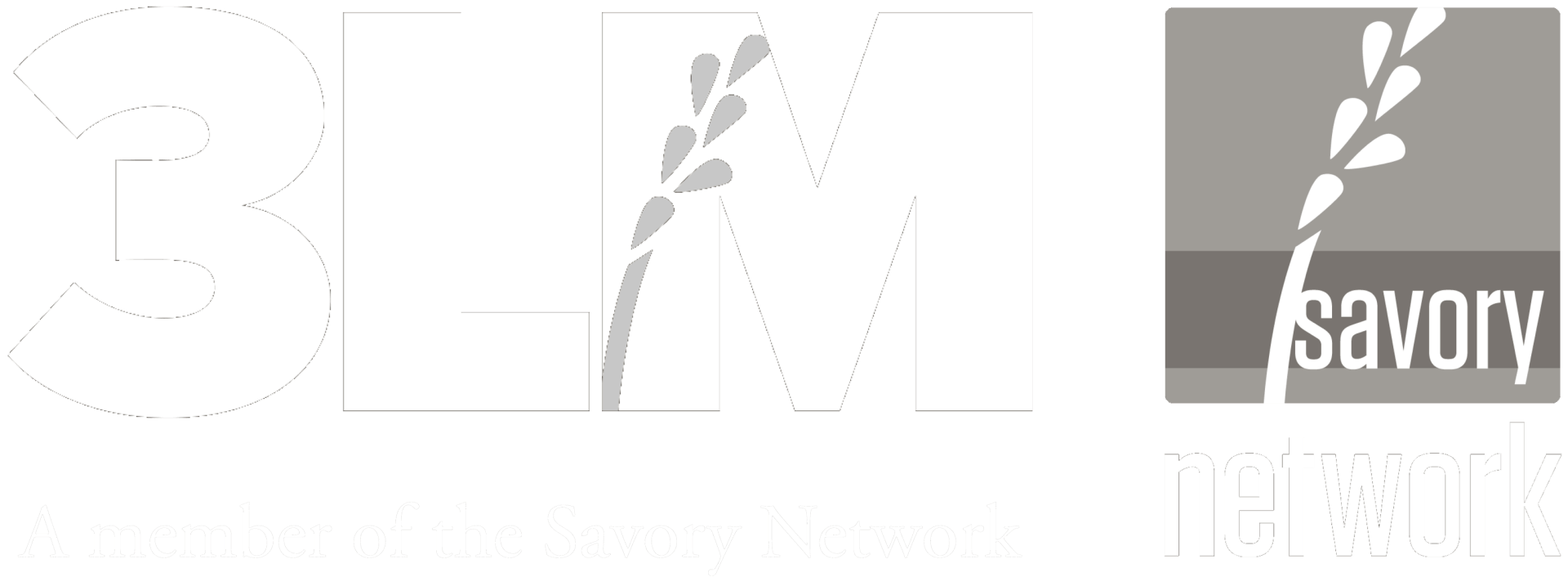WEBINAR 8th March 2025 11:00 GMT- Poultry in a Regenerative System
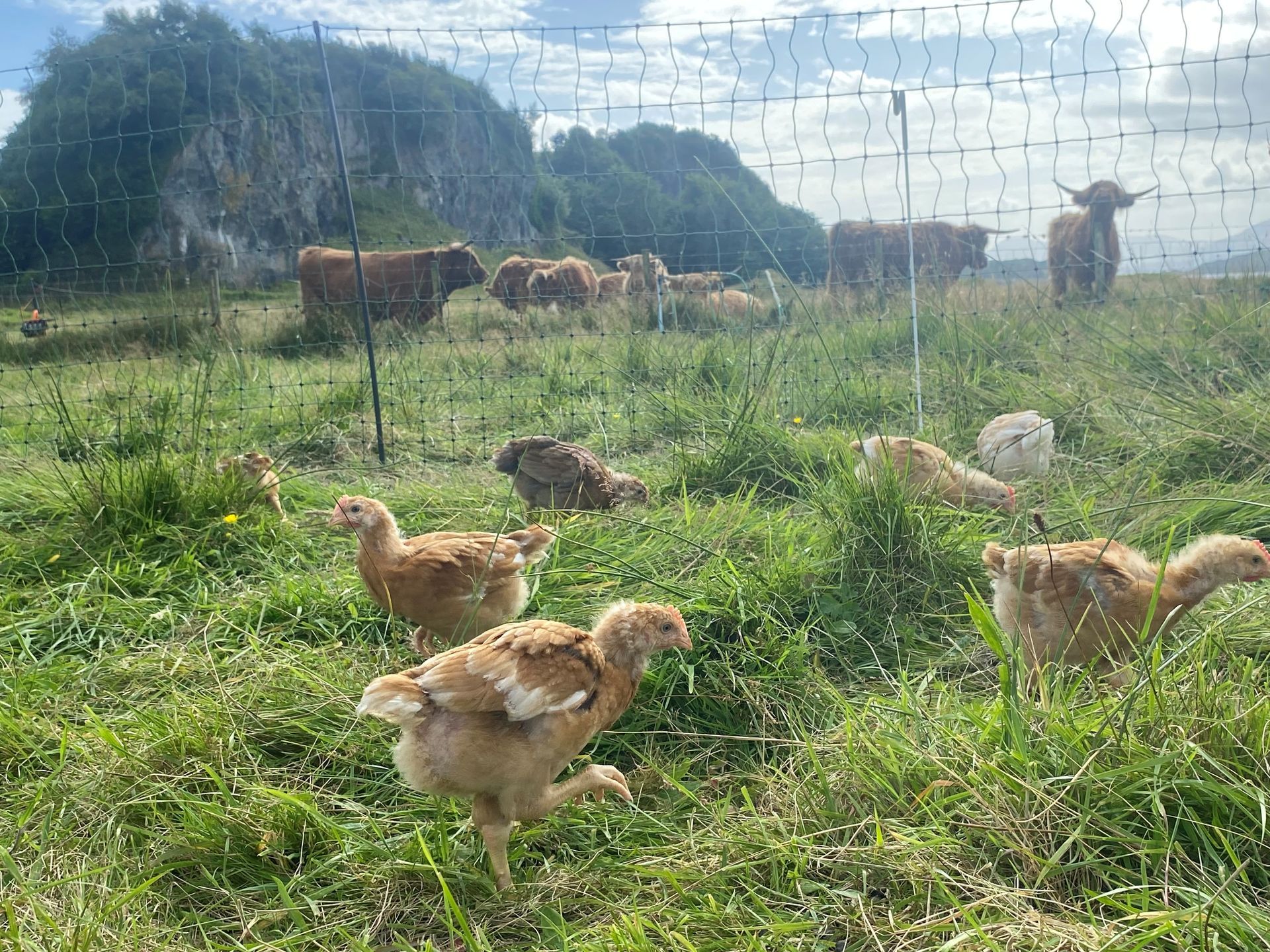
Image: The youngsters at Sailean - Picture credit Alison
The average Briton consumes approximately 35 kilograms of poultry meat annually, contributing to a total consumption of around 2.3 million tonnes each year. This translates to an estimated 2.2 million chickens consumed daily across the country. compassioninfoodbusiness.competa.org.uk
Regarding the living conditions of these chickens, a significant majority are raised in intensive farming systems, which often restrict outdoor access. Approximately 70% of broiler chickens (those raised for meat) in the UK are reared in such environments, meaning they spend their entire lives indoors without ever experiencing natural daylight or outdoor conditions.
Join Us for a Webinar
Saturday 8th March 11:00-12:00 GMT
We’re excited to share our journey and key considerations for setting up a broiler chicken enterprise in a holistic system. Whether you’re considering raising chickens on your own land or simply curious about regenerative farming practices, this session will provide valuable insights. We’ll spend around 40 minutes discussing our approach, the lessons we’ve learned, and the practical aspects of integrating chickens into a grazing plan, followed by 20 minutes for questions and discussion.
During the webinar, we’ll explore:
- How to integrate broiler chickens into a rotational grazing system to improve land health and food quality.
- The economic benefits of pastured poultry and how to make it financially viable.
- The practical infrastructure required, from mobile coops to processing facilities.
- Lessons learned from starting small and scaling up responsibly.
- The challenges of running a poultry enterprise in a remote location.
The way we rear our food matters—not just for the health of the animals and those who consume them, but for the land itself. At Sailean, our croft on the island of Lismore, we have embraced a regenerative approach to livestock that integrates chickens into a carefully managed, holistic system. By embedding broiler chickens into our pasture rotation, we not only produce high-quality meat but also enhance soil fertility, control pests, and contribute to the ecological balance of our croft.
Two years ago, my husband Dave and I took over the running of the Sailean Project, stewarding 31.5 hectares (just shy of 78 acres) of what is designated as ‘less favourable’ land—difficult to cultivate in conventional terms but rich with potential when approached through a holistic lens.
Our ‘flerd’ (a mixed herd of cattle and sheep) forms the backbone of our grazing system, with ten Highland cattle and ten sheep moving through the land in planned rotations. Into this system, we have incorporated chickens as a dynamic element, helping to regenerate the soil while providing nutrient-dense food, despite our topography making the classic ‘flock follows herd’ methodology unrealistic.
Last year, we raised 350 broiler chickens in two batches between mid-April and mid-September. Each flock was rotated through the accessible pastures, allowing them to forage naturally, scratch the soil, and fertilize the ground as they moved thereby contributing to a healthier, more resilient ecosystem.
The chickens thrived on a diverse diet, supplementing their feed with insects, grass, and seeds, which improved the nutritional profile of their meat—higher in omega-3s, vitamins, and minerals than conventionally farmed poultry.
By moving the chickens frequently, we reduce the issue of nutrient overload that plagues stationary systems, and by giving them greater range, they are able to live a more natural, ‘chicken-centric’ existence. Their impact on the land was restorative rather than extractive. Our aim is for healthier birds, richer pastures, and tastier, more nourishing food for our community.
Of course, there have been challenges along the way. Managing infrastructure, from mobile coops to predator deterrence, has been an ongoing learning process. The timing of rotations, balancing weather conditions, and ensuring optimal nutrition for both birds and soil have all required adaptation and careful observation. But the rewards—seeing the land come to life, producing food that aligns with our values, and knowing that each season brings deeper understanding—make the effort worthwhile.
Holistic management offers a way forward for food production that works with nature rather than against it. We hope to see you at the webinar to explore what’s possible when we rethink the way we raise our food, one flock at a time.
TRANSCRIPT & RECORDING
Following our first session below is a transcript and synopsis, above is the video recording of the presentation
Saturday Sessions #1
Chickens in a regenerative system with Alison and Dave Carpenter of The Sailean Project in Scotland.
Good morning, everyone. We are the 8th of March, and I am so pleased to have you here with our very first Saturday session. Chickens in a regenerative system with Alison and Dave Carpenter of The Sailean Project in Scotland. They have a lot to tell you, so I am going to turn it right over to them.
Thank you, Sheila, and thanks for having us. And thank you, everyone, for joining us. Just to make sure you're all in the right place, we are going to give an overview of the component parts of our chicken enterprise and how we've applied the principles to our unique setting, including how we integrate our chicken enterprise into our existing grazing system. Along the way, we'll cover some of the challenges we've come across within our system and the factors you might want to consider if you are thinking about setting up a chicken enterprise yourself, which might influence its viability, whether that's economic or otherwise.
We are in Scotland, so we focus on UK and specifically Scottish legislation and regulation. If you are outside the UK, you might have to do a little bit of homework regarding local requirements. We have time for questions later, but if something pertinent to a specific slide comes up, Sheila will interrupt, and we will try to cover it.
This is where we are: in the middle of Loch Linnhe, on the west coast of Scotland. Lismore is a limestone island with a population of approximately 160 people. We are very lucky to live on this little chunk of the island. The general landscape is a real mix—deep bogs, exposed rock, steep ground regenerating into naturalised woodland, old limestone quarries, and some lovely pasture.
A little about ourselves: Dave has a background in horticulture and outdoor education, and he is an all-around, practical, hands-on person with great problem-solving skills. I have a master’s degree in animal behaviour and welfare and an eye for detail. We have both run our own businesses and worked for larger organisations. Previously, we lived on a smallholding in Cumbria while working full-time, so we bring quite a few transferable skills to farming.
The Sailean Project was established a few years ago by Roger and Julie in Spain. It was their vision that we are taking forward. Initially, the idea was to test whether different grazing practices could restore and maintain soil health while positively influencing the water cycle and improving biodiversity. The land on Lismore is classified as less favourable and severely disadvantaged.
Roger and Julie also campaigned for a change in poultry legislation in Scotland. With the devolution of Scottish regulations from the UK, access to the poultry industry had become a closed loop, requiring existing poultry industry membership for new entrants, which took years of campaigning to change.
We arrived on the island in January 2020, just before the Covid pandemic. Since then, we have survived the pandemic, built a house, and taken over the project full-time for the last two years. We also lease the croft, running the day-to-day practical side of things. The next phase of the project is to see if a small-scale regenerative farm can be financially viable.
We manage approximately 31.5 hectares (78 acres). The land is predominantly craggy hillside with some pasture. We receive between 2 and 3 meters of rain annually. We graze ten Highland cattle and ten sheep outdoors year-round and aim to produce 300-400 chickens a year. Last year, we produced 350 birds. All of our meat sales are direct to customers.
We run around 70 virtual paddocks. The croft includes different habitat areas and deferred grazing for winter. The chickens are raised on just under two hectares of relatively flat land, as it is necessary for the system to work—allowing for moving shelters, setting nets, and access for feeding.
Why raise chickens at all? Raising pastured poultry takes longer, costs more in feed, and increases predator risk compared to conventional production. However, pastured poultry benefits pasture through natural fertilisation, increased forage for ruminants, and pest control.
Additionally, it avoids harmful pesticides, improves animal welfare by allowing chickens to engage in natural behaviours, and results in nutrient-dense meat. The speed of turnover in poultry production is also faster than cattle, making it more adaptable. Given that we already had infrastructure like a walk-in freezer and marketing platforms, adding pastured poultry made sense.
We aim for low food miles. While our chicks travel farther than we’d like initially, once here, they travel only meters before processing. Our customer base is within a 30km radius. We raise three batches per summer season. Pastured meat is more nutrient-dense and free from growth hormones, and customers frequently tell us it tastes like the chicken they remember from the past.
Rearing begins with day-old chicks, brooded indoors for 3-4 weeks until they are feathered. They then move to pasture, where they reach target weight in 7-8 weeks. Processing occurs over two days, averaging 75 birds per day. We aim for a 20-30% difference between live and dead weight, targeting a 2.2kg bird. Smaller birds are popular, while larger ones sell well during holiday seasons.
Processing is the most expensive part of the enterprise. The equipment is costly, but proper planning helps efficiency. We process 70-80 birds per five-hour shift, with two processing days followed by a bagging and labelling day. We use shrink bags instead of vacuum packing, as it allows us to repurpose existing equipment.
Marketing is crucial. Given our small local population, most of our sales are on the mainland. We use monthly emails, community Facebook pages, and an online shop. Customers can pick up orders or have them delivered. Farmer’s markets were impractical due to ferry constraints.
Integrating chickens into our grazing system presents challenges. We have highly diverse pasture, and timing chicken impact with cattle movement is key. Chickens follow cattle by 5-10 days to capitalise on pest control benefits. We manage grazing plans with 60-120 day rest periods, ensuring optimal regrowth and biodiversity.
Regulations are critical. Avian flu concerns mean all flocks in Scotland must now be registered. Environmental health must approve processing facilities, including hazard analysis and waste management. Water must be tested annually. The person dispatching chickens must demonstrate competence and licensing. Labelling and food safety regulations must be met before products can be sold.
Key lessons: Start small with multiple small batches of around 50 birds before scaling up. Try different breeds and varieties. Make rather than buy infrastructure where possible. Invest in high-quality critical equipment. Keep meticulous records to track trends and refine practices over time.
If you are interested in learning more, we will be offering training at The Sailean Project this summer, covering welfare at the time of killing and related regulations. If you’d like more details, feel free to email Alison at The Sailean Project.
Thank you so much, Alison and Dave. That was fantastic! I will include your contact details in a follow-up email for those interested in training. Thank you, everyone, for participating!
Synopsis
Alison and Dave Carpenter of The Sailean Project in Scotland present their experience of integrating poultry into a regenerative farming system. They manage a 31.5-hectare croft on the limestone island of Lismore, where they raise Highland cattle, sheep, and pasture-raised chickens while implementing sustainable land management practices.
The talk covers key aspects of their chicken enterprise, including the benefits of pastured poultry, challenges such as predator risks and increased costs, and the importance of careful planning in a regenerative system. They emphasise the role of chickens in improving soil health, enhancing biodiversity, and producing high-quality meat.
The Carpenters also discuss the regulatory landscape in Scotland, including the challenges of getting small-scale poultry production approved. They share insights on marketing, processing, and the practicalities of setting up mobile shelters and infrastructure. Additionally, they provide guidance on integrating poultry with cattle grazing to optimise land use and maintain ecological balance.
The session concludes with advice for aspiring regenerative poultry farmers: start small, maintain meticulous records, and focus on both practical and regulatory aspects to ensure a viable and ethical operation.
